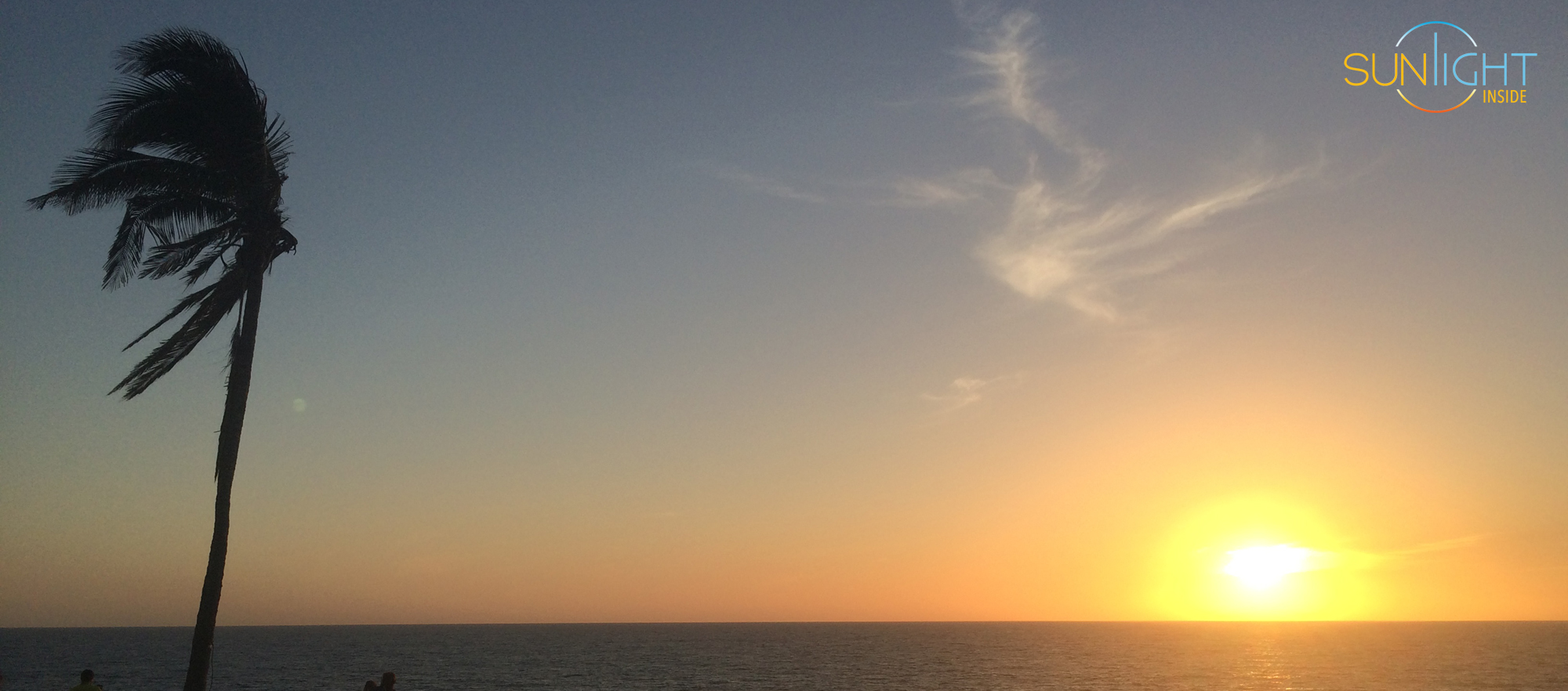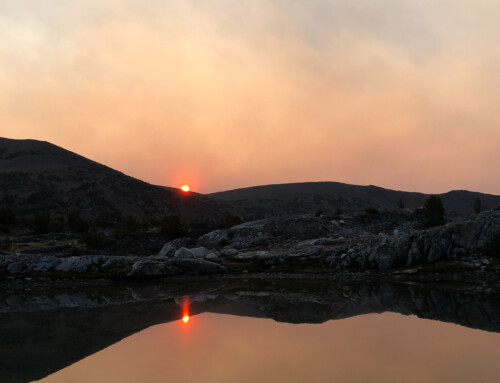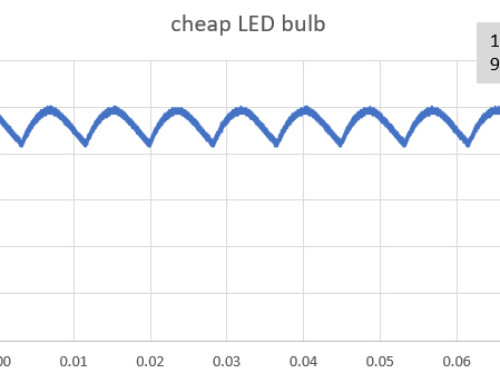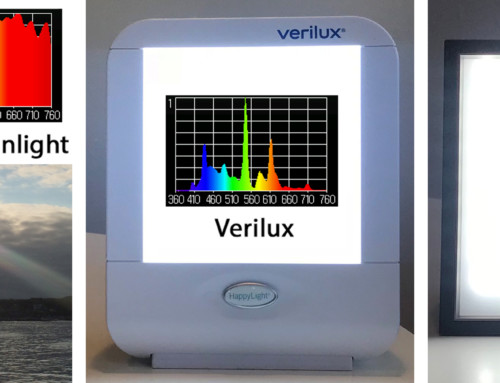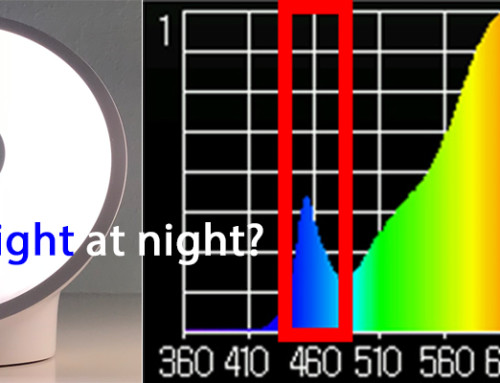A robust daily light-dark cycle improves our quality of life, and our health and wellness. Unfortunately most of us spend ~90% of our waking hours indoors, and therefore do not receive the light queues we need to feel awake and alert during the day, and sleep well at night. Most indoor environments provide 100-1000x less light than natural daylight, and caffeine is no substitute for natural light! Our bodies depend upon a well defined difference between night and day to regulate our circadian rhythms and daily hormone cycles.
It may surprise you to know that exposure to bright natural light in the morning is one of the simplest things we can do to feel more awake and alert, and sleep better at night! Bright light during the day is what our bodies need to stimulate Seratonin (which lifts our moods), Cortisol (boosts our energy), release alpha-Amylase (important digestive enzyme) and trigger a host of other day-time processes. Furthermore exposure to bright light during the day is critical for suppressing the expression of Melatonin (our night hormone). Good day-time suppression of Melatonin is required for a robust evening hormone cycle, which underpins our sleep as well as a number of recovery and healing processes. Unfortunately most indoor lighting is designed for visual tasks (and safety) but the light levels are far too low to trigger our biological ‘daytime’ response. The good news is that studies suggest as little as 20-30 minutes of exposure to bright natural light in the morning is sufficient to deliver this signal.
The evidence for how bright light exposure benefits sleep, mood, concentration, and even athletic performance is overwhelming. Bright light therapy is a well known tool for combating depression, both seasonal and non-seasonal, but the benefits of exposure to bright light extend to everyone. In addition to sleep and mood, studies show improved test scores in children, increased productivity in offices and factories, and a host of benefits for older adults. Several major league baseball teams are adopting human centric lighting to boost player performance and recovery. To put it simply, exposure to bright natural light in the morning is a cornerstone of our health and wellness.
TIP#4: Try getting outside for 20-30 minutes each morning for a week, and see how it makes you feel (and sleep)!
some additional resources / reading:
(disclaimer: there are far too many studies to provide a comprehensive summary here, so we’ve included just a few examples of the studies on this topic – feel free to email me with comments/suggestions and i’ll update this list!)
morning exposure to natural/bright light improves sleep:
– Forbes article on the benefits of increased exposure to sunlight
– Light early in the day is an important part of your sleep routine
– why sleep is important for our overall health and wellness
exposure to natural/bright light during the day improves mood and overall wellness:
– high-level discussion of the benefits of sunlight
– recent JAMA study suggests that bright light therapy is equivalent to anti-depressants
how increased exposure to natural light can benefit students:
– Huffington Post article on how Human Centric Lighting benefits students
– discussion of how daylighting can benefit student performance
benefits of natural light exposure for older adults:
– high-level discussion of Bright-Light Therapy for Dementia
– JAMA article on the effect of bright light on older adults
indoor versus outdoor lighting:
– guidelines for artificial lighting aren’t focused on health and wellness
– article on how lighting choices impact the workplace

